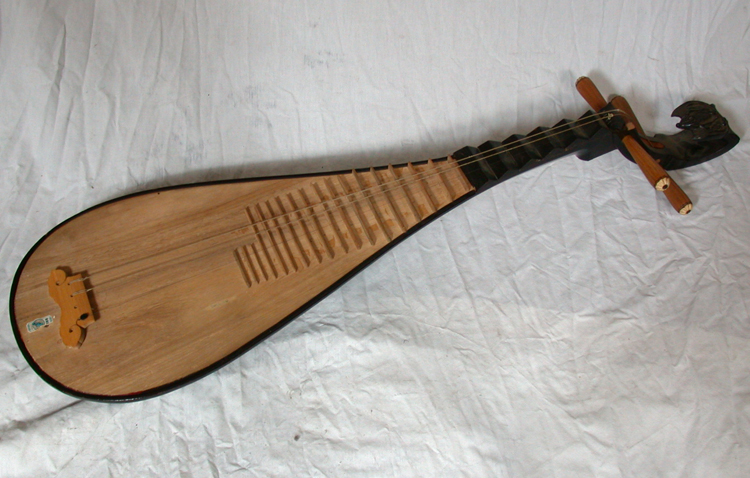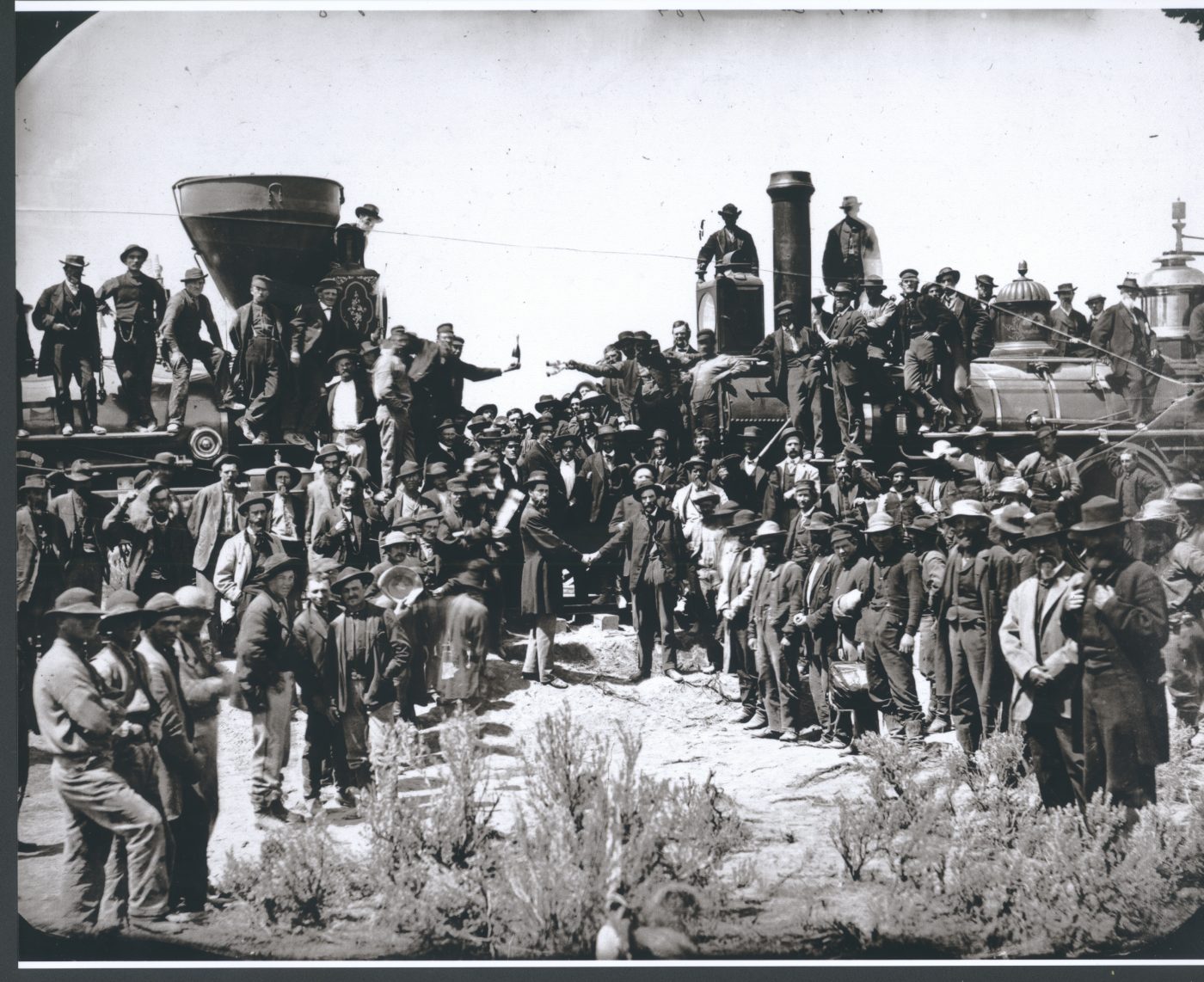The pipa is a pear-shaped, fretted Chinese lute, dating as far back as 200 BCE. According to a Han dynasty text, the name refers to how the pipa was played – “pí” (琵) signifies striking outward with the fingers and thumb, contrary to a guitar, and “pá” (琶) signifies the plucking inward. While a variety of plucked instruments may have been referred to generally as “pipa” during the Qin Dynasty, the pear-shaped pipa has remained one of the most popular and long-lasting traditional Chinese instruments, with a large repertoire of solo and ensemble scores and various schools of practice. The pipa is not only a staple of Chinese traditional music like Cantonese opera, but has been adopted by contemporary Chinese and Western composers alike. It has been used by Tan Dun in Crouching Tiger, Hidden Dragon, and rock musicians like Incubus and Björk. Modern players can even enjoy playing the electric pipa. MOCA’s Chinese Musical Theatrical Association (CMTA) Collection includes a number of rare musical instruments such as this one, among other costumes, photographs, props, and related documents.
Collections馆藏Collections馆藏Collections馆藏Collections馆藏Collections馆藏Collections馆藏Collections馆藏Collections馆藏Collections馆藏Collections馆藏Collections馆藏Collections馆藏Collections馆藏Collections馆藏Collections馆藏Collections馆藏Collections馆藏Collections馆藏Collections馆藏Collections馆藏Collections馆藏Collections馆藏Collections馆藏Collections馆藏Collections馆藏Collections馆藏Collections馆藏Collections馆藏Collections馆藏Collections馆藏Collections馆藏Collections馆藏Collections馆藏Collections馆藏Collections馆藏Collections馆藏Collections馆藏Collections馆藏Collections馆藏Collections馆藏Collections馆藏Collections馆藏Collections馆藏Collections馆藏Collections馆藏Collections馆藏Collections馆藏Collections馆藏Collections馆藏Collections馆藏Collections馆藏Collections馆藏Collections馆藏Collections馆藏Collections馆藏Collections馆藏Collections馆藏Collections馆藏Collections馆藏Collections馆藏Collections馆藏Collections馆藏Collections馆藏Collections馆藏
CMTA: Pipa

09 May 2019 Posted.
Pipa, Museum of Chinese in America (MOCA) CMTA Collection.
琵琶,美国华人博物馆(MOCA)中国音乐剧社(CMTA)馆藏

